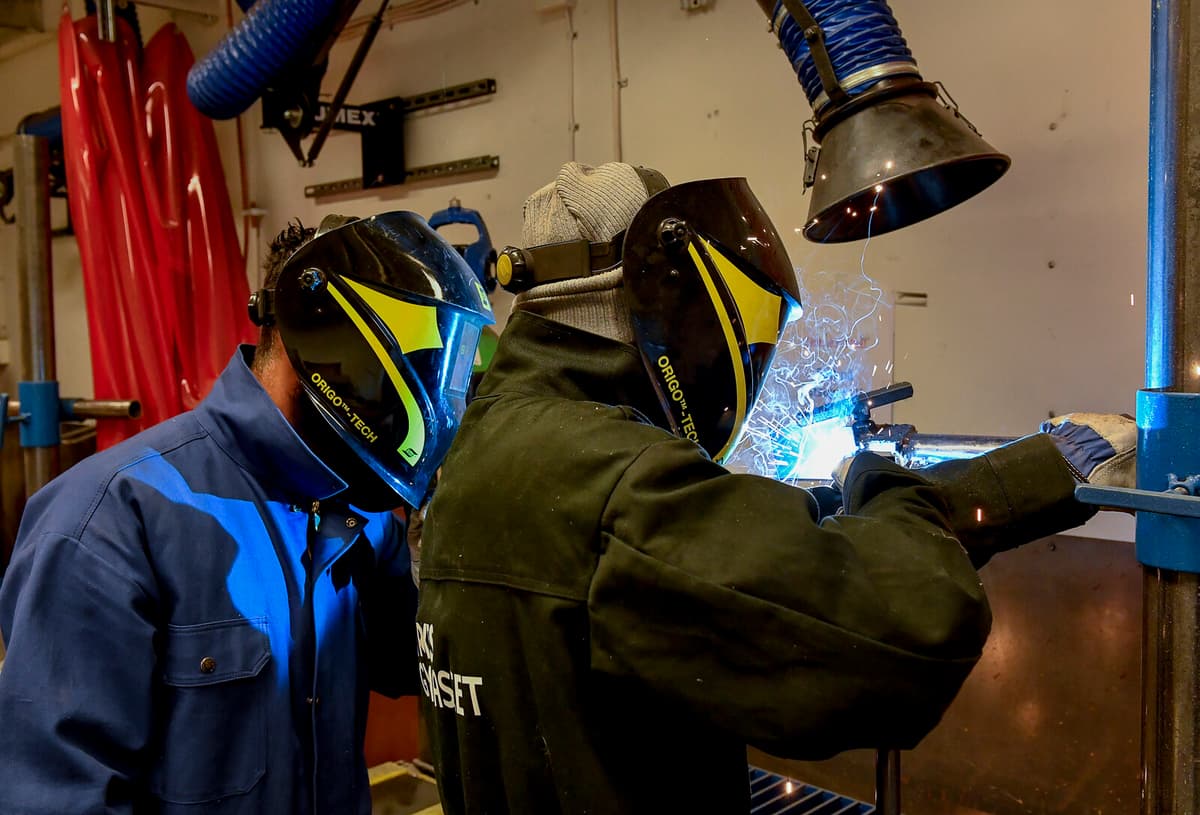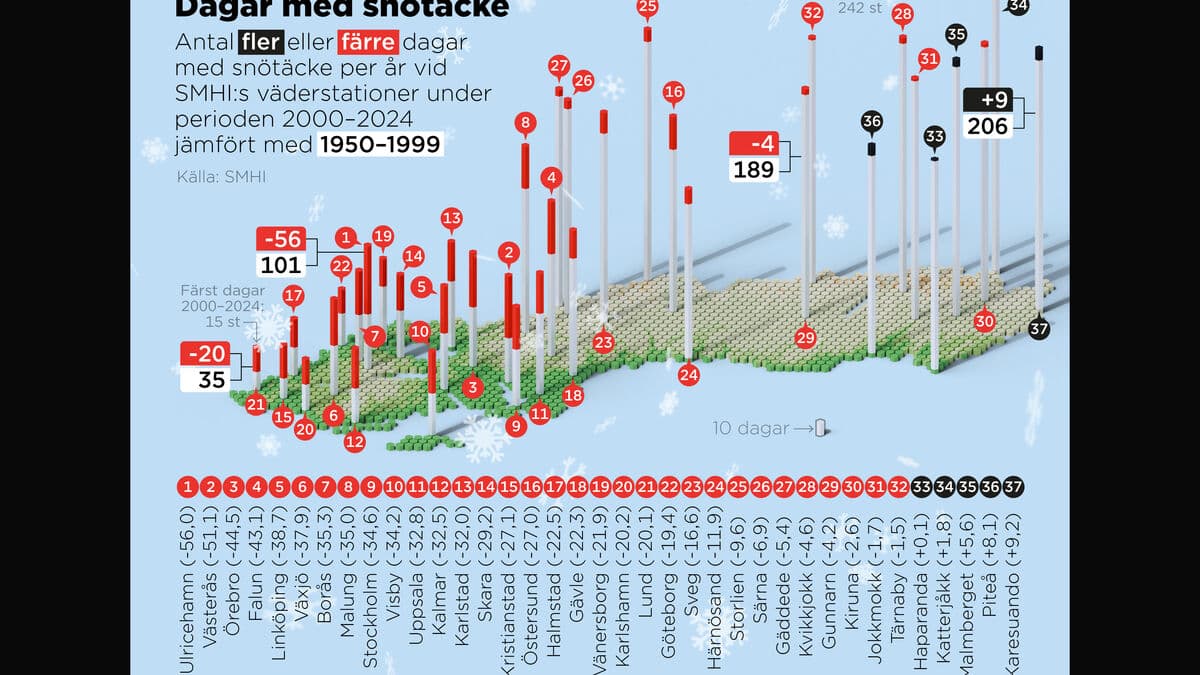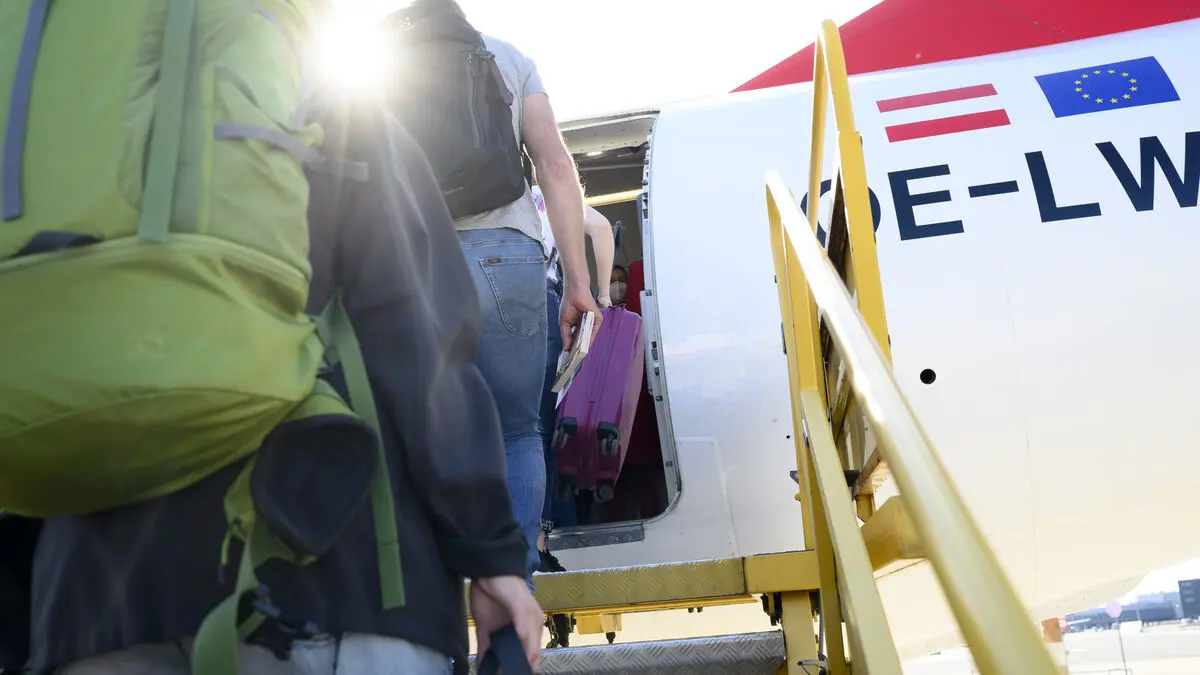Students who are now in 9th grade are the first cohort to be affected by the change.
Those who will choose upper secondary school will have a slightly adjusted range of options compared to before, says Anders Håkansson, unit manager at the Swedish National Agency for Education.
In simple terms, there will be a greater proportion of places available on, for example, healthcare and construction programs, and a smaller proportion on social science programs.
The allocation of places should be made in all counties, the Swedish National Agency for Education concluded after analyzing regional data. However, the agency notes that "the adjustments should be realistic and feasible in relation to the current educational offerings in the counties."
This is something that is happening very slowly. Upper secondary school is like a slow-moving Atlantic liner. The lead times are long, says Anders Håkansson.
Long-term imbalance
The reorganization is a consequence of the long-term imbalance between the labor market's needs and what students want and choose to study.
Employers are desperately seeking vocational upper secondary school graduates, primarily in healthcare and social care, technology, and manufacturing. However, only 33 percent of students are enrolled in vocational programs.
The majority – 67 percent – are studying a preparatory program for higher education. Far from all of them will continue to higher education and will eventually face increasing competition for jobs, according to the Swedish Statistics Office's prognosis.
There is already capacity in upper secondary schools to accommodate a higher proportion of students in vocational programs, and municipalities are therefore worried that students will not flock to these programs to the extent intended. Therefore, both study and career counselors and future employers have important roles, according to Håkansson.
Industries must work on their attractiveness.
Already underway?
He believes that there has been an unfortunate division of upper secondary school.
One often hears that students choose a preparatory program for higher education to keep all doors open. But vocational programs also provide eligibility for higher education, and have done so for a year now. A shift in perspective is needed in society to recognize that vocational programs keep all doors open.
Perhaps a cautious shift has already begun. Last year, when it became easier for students to take courses that provide basic eligibility for higher education, the proportion of new students in vocational programs increased for the first time in ten years.
A new provision in the Education Act will begin to be applied to education in upper secondary school and adult education starting in 2025.
The provision states that the labor market's needs should be given greater weight in the planning of education.
Municipalities will collaborate with at least two other municipalities on planning and offering education.
There is no legal requirement for independent schools to collaborate. However, the labor market's needs will be taken into account before a new upper secondary education program is approved by the Swedish Schools Inspectorate.
Source: The Government Offices
Vocational programs that should be expanded in all or most counties, according to the Swedish National Agency for Education's assessment:
Healthcare and social care, industrial technology, electricity and energy, vehicles and transportation, construction and property, VVS and real estate
Vocational programs that should maintain their current proportion of places:
Hotel and tourism, natural resources, restaurant and food
Vocational programs that should decrease:
Sales and service, childcare and leisure, hairdressing and styling
Preparatory programs for higher education that should decrease:
Arts, social sciences, economics
Preparatory programs for higher education that should maintain their current proportion of places:
Humanities, natural sciences, technology





